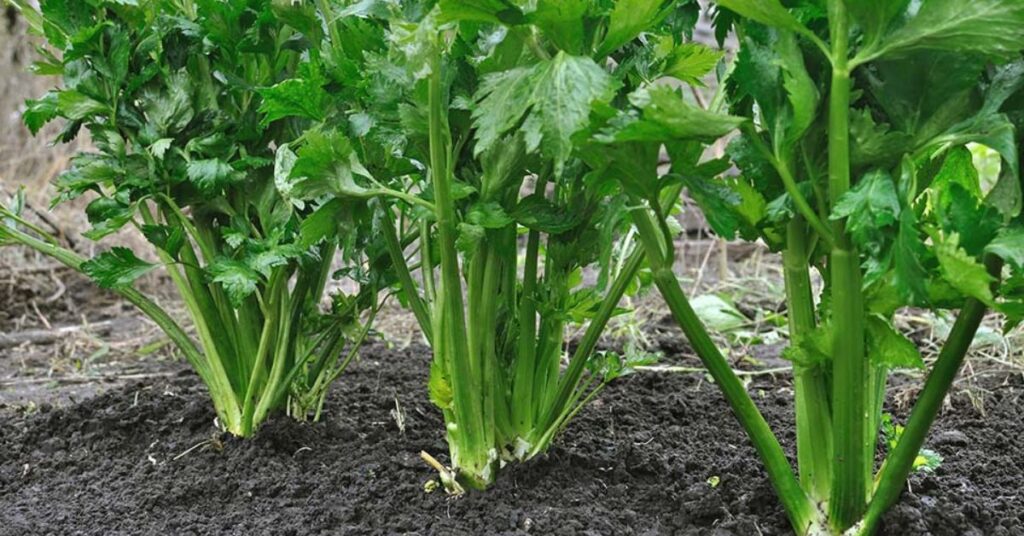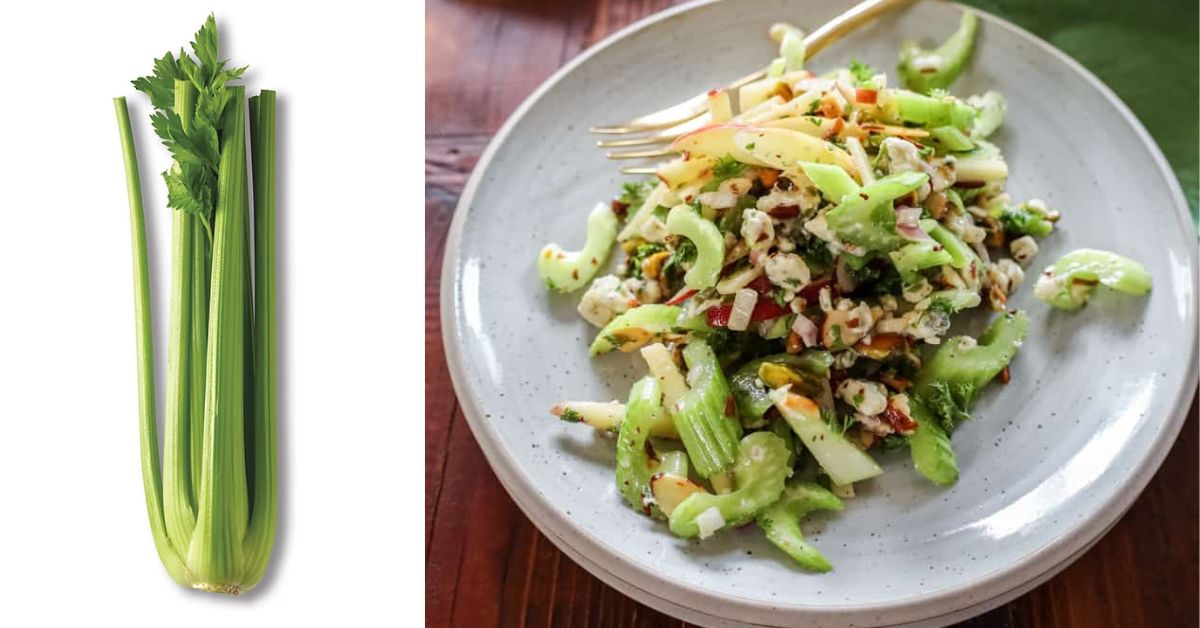Real Celery (Pravi Celer): Nature’s Crunchy Superfood
When you see the phrase “pravi celer”, which translates roughly to “real celery”, it evokes the idea of pure, genuine stalks of Celery—unprocessed, natural, fresh. In this article we’ll explore everything you need to know about celery: what it is, its nutritional profile, health and culinary benefits, how to select and store it, how it’s used around the world, and any cautions or limitations. If you’re thinking of promoting or using “pravi celer” as a keyword (for example for a blog, product, or healthy-eating campaign), this article is also optimized according to SEO principles (clear headings, keyword usage, value to readers).
What is Celery?
Celery (scientific name: Apium graveolens) is a marshland plant of the parsley family (Apiaceae) and has long been cultivated for its crisp stalks, leaves, and seeds.
The major groups of celery include:
- Stalk celery (the one most commonly eaten raw or steamed)
- Leaf celery (used more for flavour, especially in Asian cuisines)
- Celeriac (the root form)
When we talk about “pravi celer” in a culinary or wellness context, we typically mean the fresh stalks and leaves—unadulterated, unprocessed celery that retains its natural crisp-texture and beneficial nutrients.
Nutritional profile & “what’s inside”
One of the remarkable things about celery is that it offers real nutritional value while being extremely low in calories. For example:
- Celery is about 95% water.
- A 100 g portion might provide only 14 calories, yet includes fiber, small amounts of protein, vitamins and minerals.
- Key nutrients include: vitamin K, folate, potassium, vitamin C, vitamin A in small amounts.
Because of this profile, “pravi celer” is often touted in wellness contexts as a “super-vegetable” worthy of inclusion in healthy diets.
Health Benefits of Real Celery
Here are the key benefits associated with eating celery (or drinking celery-juice) based on current evidence:
Anti-inflammatory & antioxidant support
Celery contains flavonoids (like apigenin), phenolic compounds and other phytonutrients that help reduce inflammation and oxidative stress. Chronic inflammation is linked to various health conditions, so consuming anti-inflammatory foods like celery may be helpful.
Heart and blood-pressure support
Certain compounds in celery—phthalides, potassium, and the fiber content—have been associated with improved blood-vessel health and possibly lower blood pressure.
Digestive health & hydration
Because celery is mostly water and contains fiber, it supports digestive regularity, helps maintain hydration, and can be a good snack or addition to meals to boost volume without many calories.
Weight-management support
Due to its very low calorie content and high water/fiber composition, celery can help you feel full while contributing minimal calories—helpful for weight-control strategies.
Other potential benefits
There is emerging research (though not yet definitive) that celery (or its seeds/extracts) may help with:
- Blood sugar management in some contexts.
- Bone health, via certain minerals in the seeds.
- Supporting skin health via hydration and antioxidants.
What “Pravi Celer” Means in Practice
When using “pravi celer” as a term or concept, it can imply:
- Fresh, crisp celery stalks — not overly processed, not heavily seasoned or cooked beyond recognition.
- Celery used in its natural form (e.g., raw sticks, chopped in salads, lightly cooked) rather than heavily modified forms (e.g., celery powder, heavily salted versions).
- Emphasis on quality: choosing celery that still has a crunch, green stalks, clean leaves, minimal browning or wilting.
For example, when you shop for celery: look for upright, firm ribs; leaves should be crisp and green; avoid stalks that bend easily or appear limp.
How to Choose, Store & Prepare Celery

Choosing celery
When selecting celery for “pravi celer”:
- Choose stalks that snap easily rather than bend.
- Leaves should not be limp or discoloured.
- Color should be a healthy green; avoid yellow or brown patches.
Storing celery
Proper storage extends freshness and keeps celery crisp. A recent guideline suggests: remove store plastic wrapping, wrap celery in foil, store in the fridge crisper drawer to last up to two weeks.
Preparing celery
- Raw: cut into sticks for snacking, or lightly chop for salads.
- Cooked: include in soups, stews or stir-fries. Celery is a classic component of the French “mirepoix” base (onion, carrot, celery).
- Juice: While celery juice has become trendy, note that juicing often removes much of the fiber.
Culinary Uses of Celery
“Pravi celer” works in many recipes thanks to its mild flavour, crispness when fresh, and ability to absorb flavours when cooked. Here are some ideas:
- Raw celery sticks with dips (hummus, yogurt-based dips) for healthy snacks.
- Chopped celery in salads, slaws or as garnish.
- Celery in soups, broths or stews—adds flavour and texture.
- Stir-fry or sautéed celery with other vegetables.
- Juice or blend celery (though as mentioned, consider fiber loss).
In many cuisines, celery is versatile and priced for high usage in both raw and cooked forms.
“Pravi Celer” in Health Marketing & Trends
Because the term implies genuine, unadulterated celery, “pravi celer” could be used in marketing for:
- Fresh-produce campaigns emphasising the authenticity and wholesomeness of their celery.
- Juice bars or wellness brands that emphasise “only real celery” (no added flavours, no concentrate).
- Recipe blogs focusing on “real celery-based meals” (i.e., using real celery rather than flavouring powders).
Trends such as celery juice have driven interest in celery in recent years. However, it’s important to maintain balanced messaging with evidence. For example, a recent article notes that while celery juice has benefits, fibre is reduced by juicing and claims of detox are unproven.
Limitations & Things to Watch
While celery is broadly safe and healthy for most people, there are a few caveats:
- Juicing removes fibre: Fiber is important for gut health, blood sugar regulation and general fullness.
- Over-relying on celery (or any single food) for “miracle” effects is unwise; it needs to be part of an overall balanced diet.
- Allergies: Some people have celery allergies or cross-reactions (especially if they have pollen sensitivities).
- Effects on blood pressure: If someone is on medication for low blood pressure, adding large amounts of celery or celery juice might have additive effects—consult a doctor.
How to Integrate “Pravi Celer” into Your Lifestyle
Here are practical tips to make the most of real celery:
- Snack smart: Keep washed celery sticks in the fridge for quick snacks instead of high-calorie chips or crackers.
- Boost meals: Add chopped celery to salads, stir-fries, soups – increases volume, adds nutrients, with minimal calories.
- Stay hydrated: Because celery is high in water, it can contribute to hydration especially when eaten as part of meals or with other vegetables.
- Balance nutrients: Pair celery with protein (like hummus, nut butter, Greek yogurt) and healthy fats to make it more satisfying.
- Use its versatility: Try different ways of preparing celery so you don’t get bored—raw, sautéed, roasted, juiced.
- Mind storage: Use recommended storage methods to keep celery crisp and appealing.
Summary & Final Thoughts
If you’re aiming for “pravi celer” — real, fresh celery — you’re embracing a vegetable that offers crisp texture, good hydration, low calories, and a variety of micronutrients and phytonutrients. It’s not a “magic bullet”, but it is a highly useful component of a healthy diet.
From a marketing or content-perspective, emphasising “pravi celer” may help highlight authenticity, freshness, and natural ingredients. If you write about it, be transparent about benefits and limitations, cite evidence (as done here), and provide readers with actionable tips.

